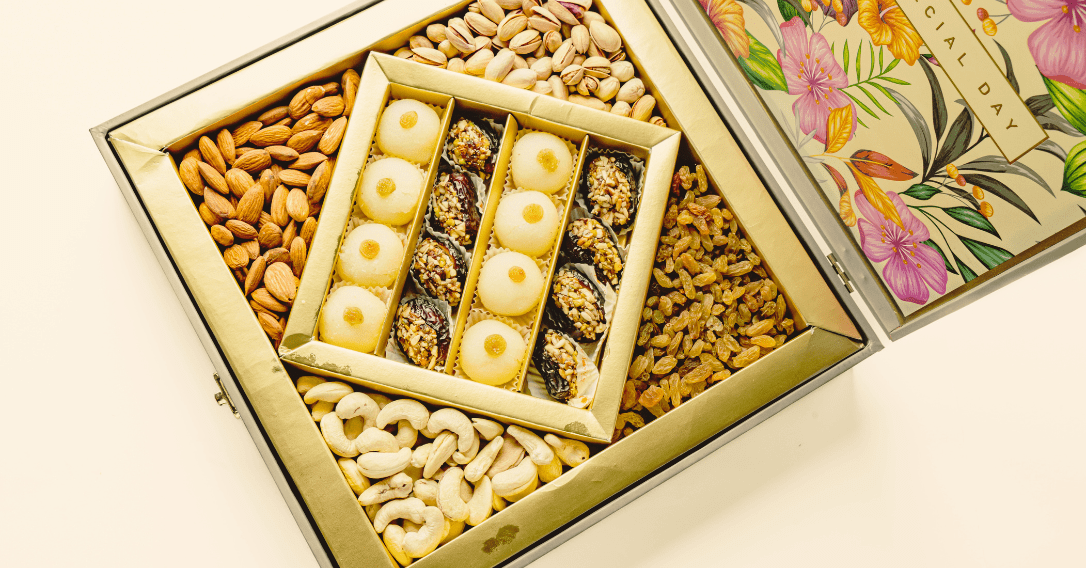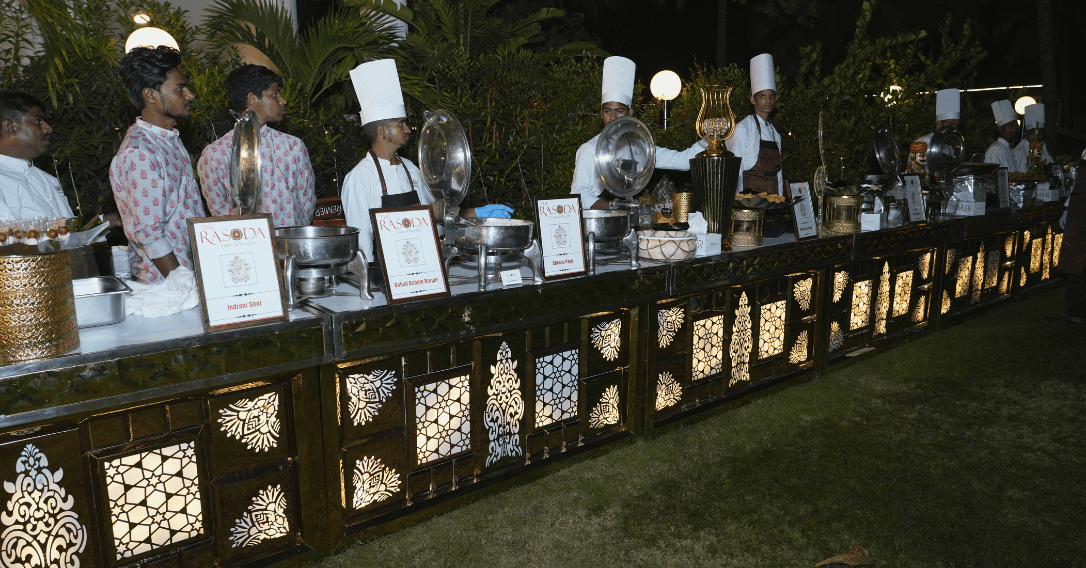When you think of Indian cuisine, if you don't immediately picture spicy, tangy and a wide variety of flavours, you might be missing out on something delicious. Indian cuisine is filled with a variety of flavours, spices, and cooking techniques that showcase the diversity of its regions and cultures. From the spicy curries of the south to the creamy gravies of the north, the culinary landscape is incredibly diverse.
However, for those new to Indian food, navigating the menu can feel a little overwhelming. It's normal to stick to familiar dishes like Paneer Tikka Masala or Dal Makhani simply because you recognize the names. But beyond these classics, Indian menus are full of fascinating terms that represent specific preparations, ingredients, or cooking styles. Once you understand these, you'll open the door to a whole new world of flavours.
Derived from the Hindi word for "butter," Makhani refers to a creamy, tomato-based sauce, often enriched with butter or cream. Originating in Punjab, it’s most famously associated with dishes like Dal Makhani and Butter Chicken. The sauce is mild, slightly sweet, and has a signature reddish-orange hue. The origin of Makhani dishes is often traced back to Moti Mahal in Delhi, where the famous Butter Chicken was first created. There are various types of Makhanis in various Indian restaurants ranging from the classic Dal Makhani to Chicken Makhani. From the best restaurants in Goa for vegetarians to fine-dining Indian restaurants overseas, you will invariably find a Makhani gravy on the menu.
Kofta refers to small balls made from minced meat, vegetables, or paneer, typically mixed with spices and flour or bread crumbs for binding. These are then deep-fried or baked and served in a flavorful gravy - many would agree that it is vegetarian soul food. In North Indian cuisine, vegetarian versions like Malai Kofta are especially popular, and the word kofta itself is believed to have Persian roots. Although Koftas are not limited to just the vegetarian range, there are Mutton Kofta, Nargisi Kofta ( made with eggs) and Keema Kofta curry.
Handi is a type of traditional cooking pot, usually made of clay, that has a wide bottom and narrow neck. In Indian menus, dishes cooked in a handi carry a distinct flavour due to the slow-cooking method in this vessel it often gives out a bit of smoky flavour almost similar to that of a tandoor. The term suggests a style of cooking where ingredients are often simmered for hours, allowing the spices to develop a deeper flavor. You may find Handi Chicken or Handi Paneer listed on the menu of many authentic north Indian restaurants in Goa.
This term refers to food cooked in a tandoor, a clay oven that reaches high temperatures and imparts a smoky flavour. Meats, vegetables and even breads like Naan are cooked using this method. Popular tandoori dishes include Tandoori Chicken, Paneer Tikka, Malai Chaap Tikka Tandoori and many more. What makes the tandoori preparation special is its marinade, typically a blend of yogurt and spices, which helps retain moisture while developing a charred exterior.
Halwa is a term for a broad category of desserts that are dense, sweet, and often made with ingredients like semolina (sooji), lentils, or flour. Halwa preparations differ based on the region—Sooji Halwa is popular in North India, while Gajar ka Halwa (carrot halwa) is a winter favourite amongst North Indians. The dessert is often flavoured with cardamom, saffron and garnished with nuts.
Bhuna refers to a cooking technique where spices are fried in oil at high temperatures, releasing their flavours before adding the main ingredients like meat or vegetables. The word itself means "to fry" or "roast." Dishes labelled Bhuna are usually thick, richly flavoured, and dry (without much gravy). You'll often see Bhuna Chicken or Bhuna Gosht on North Indian menus.
Saag is a Hindi term for leafy green vegetables, typically spinach or mustard greens. In Indian cuisine, saag dishes are cooked until the greens become soft and creamy, often mixed with spices and sometimes paneer. The popular Saag Paneer or Sarson ka Saag (mustard greens) are common on North Indian menus.
Raita is a yogurt-based side dish that is often served to cool down the spiciness of Indian meals. It is typically mixed with vegetables like cucumber, onions, or tomatoes, and flavoured with spices like cumin or mint. This refreshing dish balances the heat and adds a creamy texture to the meal.
Kadhi is a yogurt-based curry, thickened with chickpea flour (besan), and tempered with spices like mustard seeds and curry leaves. It has a tangy flavour and is often paired with rice. Kadhi varies across regions—Punjabi Kadhi is thick and creamy, while the Rajasthani version can be spicier and thinner.
Dum refers to a slow-cooking technique where the ingredients are sealed in a pot (usually with dough) and cooked on low heat. This method allows the spices to infuse deeply into the dish. Dum Biryani is the most famous example, where rice and meat are cooked together slowly to absorb all the flavours.
Masala simply means "spice blend" or a mix of spices used in Indian cooking. However, on menus, it often refers to a dish with a thick, flavorful gravy that’s been spiced with a variety of ingredients like cumin, coriander, turmeric and garam masala. You’ll find everything from Chicken Masala to Paneer Masala across different regions of India.
Korma is a mild, creamy curry made with a base of yogurt, cream or coconut milk, often spiced with cardamom, cloves, and cinnamon. This dish has Mughlai origins and is known for its luxurious and rich texture. It’s commonly paired with vegetables or meat, like Chicken Korma or Navratan Korma (a mixed vegetable curry).
Knowing these key terms can help you figure out Indian menus and give you the confidence to try new things. With so many different dishes, there's always something new to explore in Indian cuisine. Visit The Rasoda in Goa for a taste of these preparations as well as to savour some of the best mithai in town.

Wedding favors are gifted as a token of gratitude to the guests from the bride or groom’s family. This tradition of thanking them for their presence at the wedding functions and blessing the ...

Gifting, both to the newlyweds and to the guests, is an integral part of Indian weddings. While the bride and groom are usually showered with cash gifts (gifting money is considered to be good fort ...

Weddings are all about celebrations and togetherness. Even though the spotlight is always on the bride and the groom, the other elements play an important part in making the occasion memorable for ...